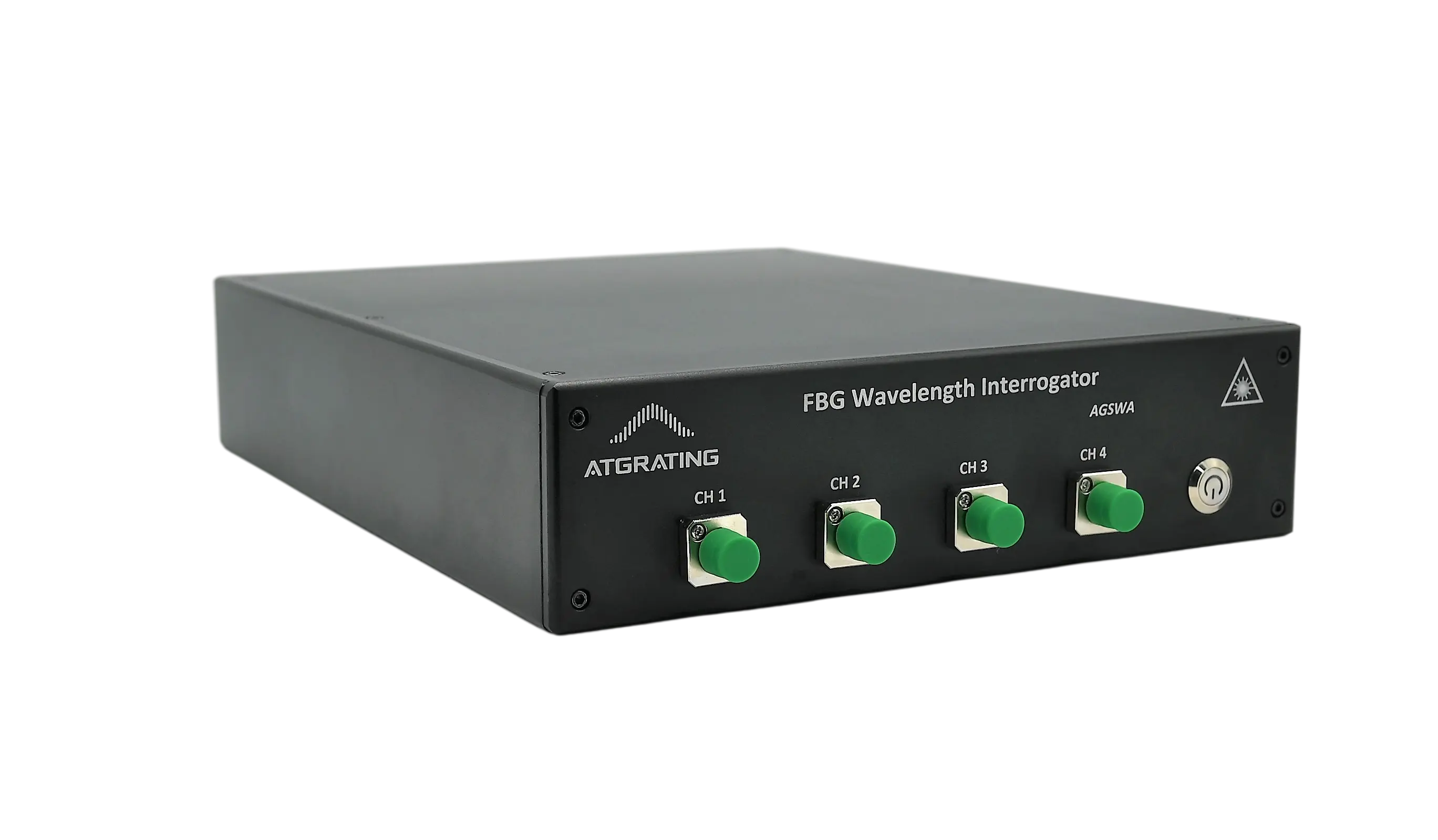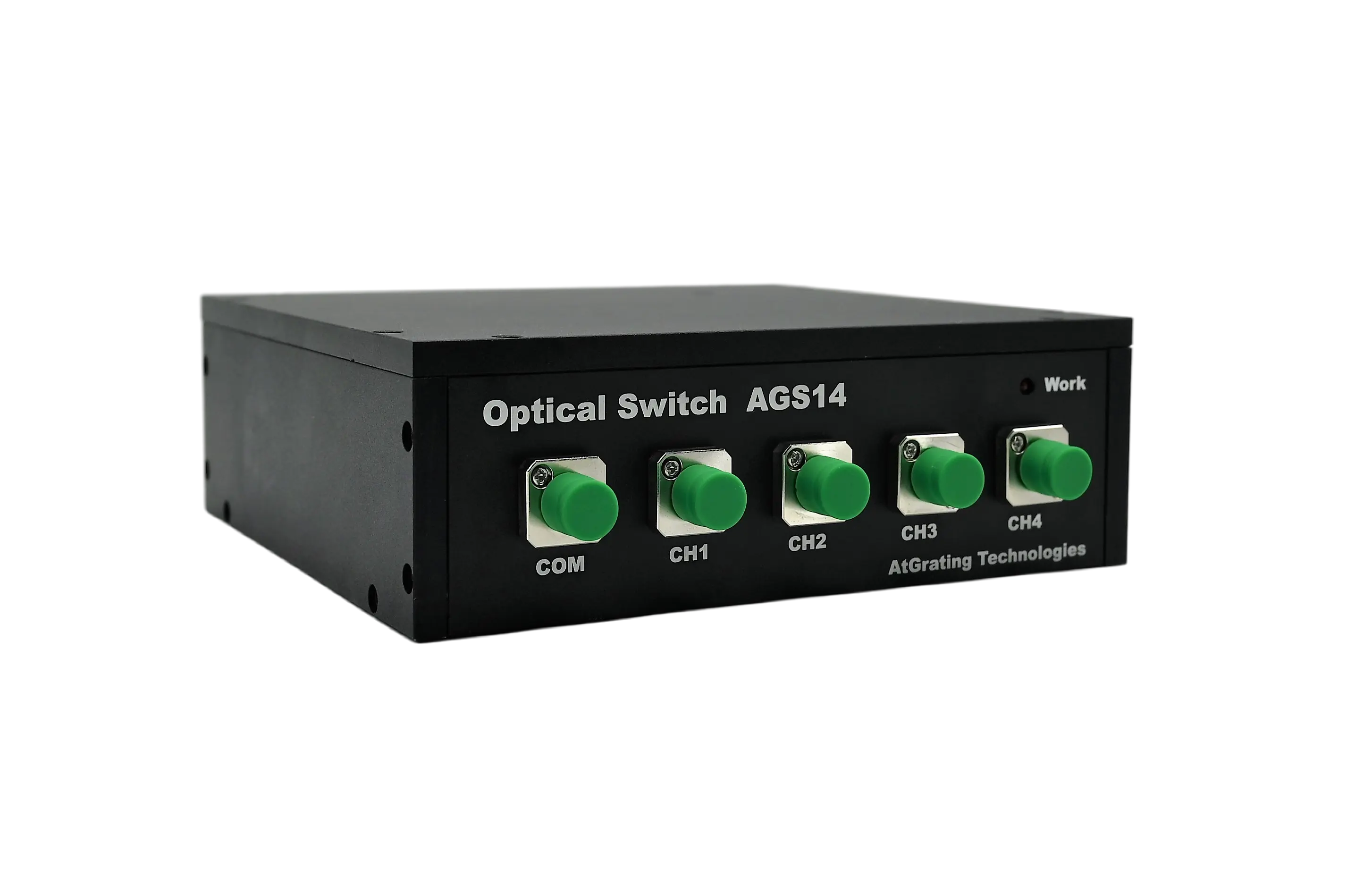In the 21st century, in the era of rapid development of information technology, the word "fiber optic" has been mentioned repeatedly. In the manuals of many fiber optic products, we will see an element called optical fiber grating, which most readers may be unfamiliar with and do not know what it does. Today, we will introduce what a "optical fiber grating" is and explain its working principle.
A optical fiber grating is a type of diffraction grating that mainly modulates the periodicity by increasing the probability of refraction inside its fiber optic core through certain methods to form a passive filtering component. Fiber optic gratings are generally small in size, compatible, intelligent, and have a lower loss than other components during the use of fusion splicing or welding. Therefore, they have been widely used in the communication and sensing fields.
Fiber optic gratings mainly include uniform optical fiber gratings and non-uniform optical fiber gratings. The main difference between them is the variation in the probability of refraction inside their fiber optic core. Simply put, the periodicity variation rate of a uniform optical fiber grating is a constant value that can be traced regularly, while the periodicity variation of a non-uniform optical fiber grating is chaotic and disorderly. This makes their differences huge and applicable to different fields. Uniform optical fiber gratings are mainly used in sensors, while non-uniform optical fiber gratings are mainly used in communication equipment. In addition to uniform optical fiber gratings and non-uniform optical fiber gratings, there are also uniform fiber Bragg gratings, uniform long-period gratings, chirped fiber gratings, phase-shifted fiber gratings, etc.
After understanding the basic knowledge about optical fiber gratings, we will introduce how optical fiber gratings work. As mentioned above, optical fiber gratings work mainly by refracting the fiber optic core. Therefore, we can conclude that optical fiber gratings use photosensitive materials to mix the light entering the fiber optic and the ions contained in the core to interact with each other, causing the fiber optic core to refract and fluctuate with a varying frequency (either regular or irregular). This creates a relatively narrow filter or reflector inside the optical fiber grating, depending on whether the narrow band reflects or projects.
Because of the highly sensitive and integratable characteristics of optical fiber gratings with other fiber optic devices, they have become an advantage that other communication components cannot replace. Therefore, they have been widely used in the optical communication industry, and we can enjoy high-speed networks as a result.

